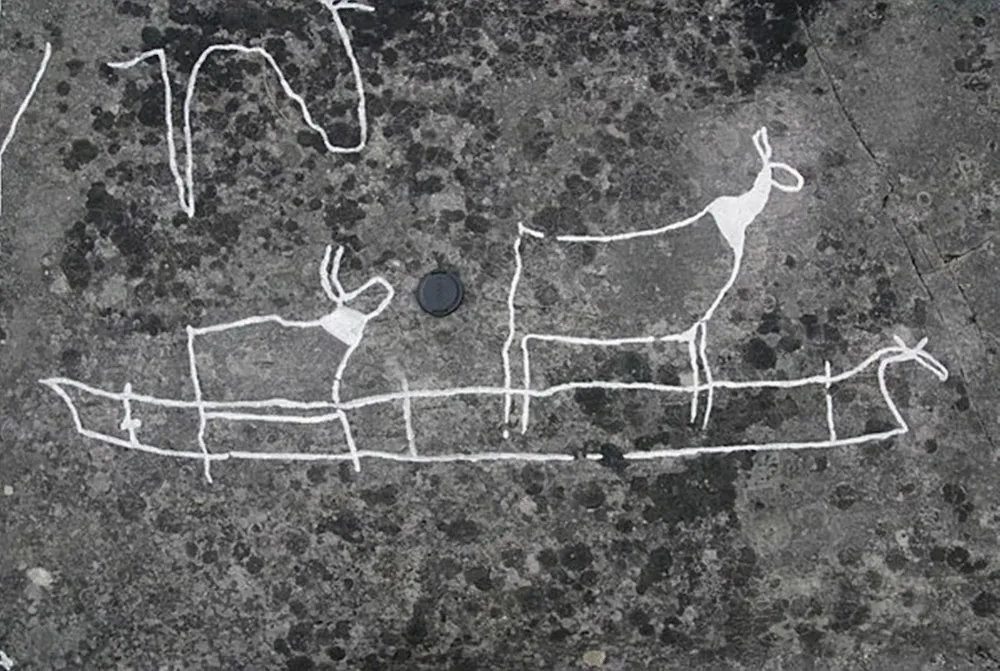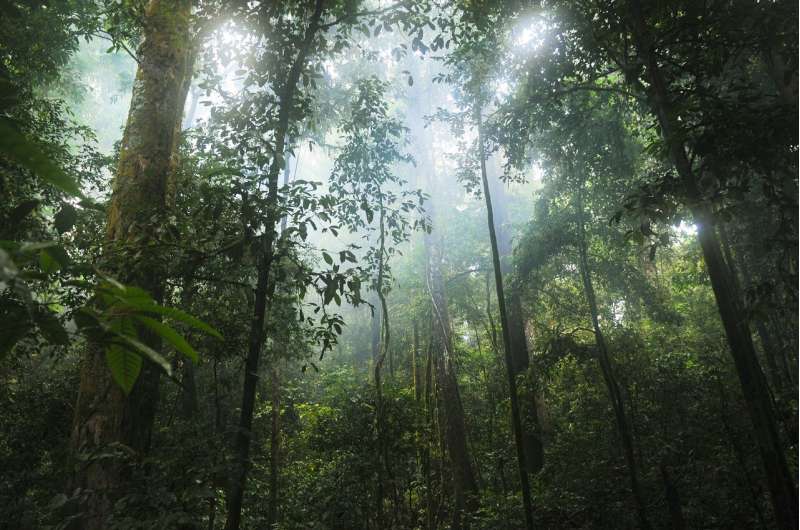Animal Life news stories

In a new study, the team drew on a wide range of evidence—from medical studies of modern equestrians to records of human remains across thousands of years.
A newly discovered fossil site in the northeast US provides a glimpse into an ancient ecosystem nearly 100 million years older than the first dinosaurs. The exceptionally well-preserved find is described in Nature Communications.

Known as the Pitted Ware Culture (PWC), this waterfaring Neolithic group of hunter-gatherers lived in Scandinavia between 3500 and 2300 B.C., according to the study, published Aug. 26 in the Journal of Maritime Archaeology.

African rock art depicting a mythical tusked creature may mirror the look of fossils of real-life ancient mammal relatives called dicynodonts. See the study here.

Researchers in Gabon studied tropical plants eaten by wild gorillas – and used also by local human healers – identifying four with medicinal effects. Laboratory studies revealed the plants were high in antioxidants and antimicrobials. One showed promise in fighting superbugs. The research is published in the journal PLOS ONE.

Tetrahydrocannabinol (THC), the main active ingredient in cannabis, has been shown to reverse conventional signs of brain aging in mice – a discovery that could help in finding ways to keep our brains healthier and sharper for longer as we get older. The research has been published in ACS Pharmacology & Translational Science.
Fragments of the protein collagen have been found preserved in dinosaur fossils 80 million to 195 million years old. But this shouldn’t be possible…A new study in ACS Central Science has described the protective chemistry responsible for collagen’s extraordinary longevity.

Scientists are getting very close to bringing a few iconic species, like woolly mammoths and dodos, back from extinction. That may not be a good thing.

Study described as ‘necessary first step’ in discovering whether dogs and humans can use push-button devices to communicate.

A study by researchers from the Insper Research Institute in São Paulo and the University of Bonn now shows an interesting side effect: where the measures were implemented, not only did deforestation decrease, but so did the number of homicides.

A new study has cleared up misconceptions about the extinct dodo, identifying the reference specimen for the species and showing they were fast and powerful.

A trio of evolutionary biologists at Harvard University’s Museum of Comparative Zoology has learned more about the evolutionary history of tardigrades by studying two fossils embedded in amber. Their study is published in Communications Biology.

In stark contrast to the severe environmental destruction that we see all around us, our excavations reveal the ancestral Maya’s profound respect for nature and animals.

Researchers say they’ve recovered one of the world’s oldest known dinosaurs after heavy rains exposed a Herrerasaurid skeleton in southern Brazil.

Every now and again, our planet ponies up a fossil so spectacular that almost all you can do is gape in wonder. The research has been published in Nature.

Until now, scientists broadly accepted animals first emerged on Earth 635 million years ago. But a team, led by Cardiff University, has discovered evidence of a much earlier ecosystem in the Franceville Basin near Gabon on the Atlantic coast of Central Africa over 1.5 billion years earlier. Their study is presented in Precambrian Research.








